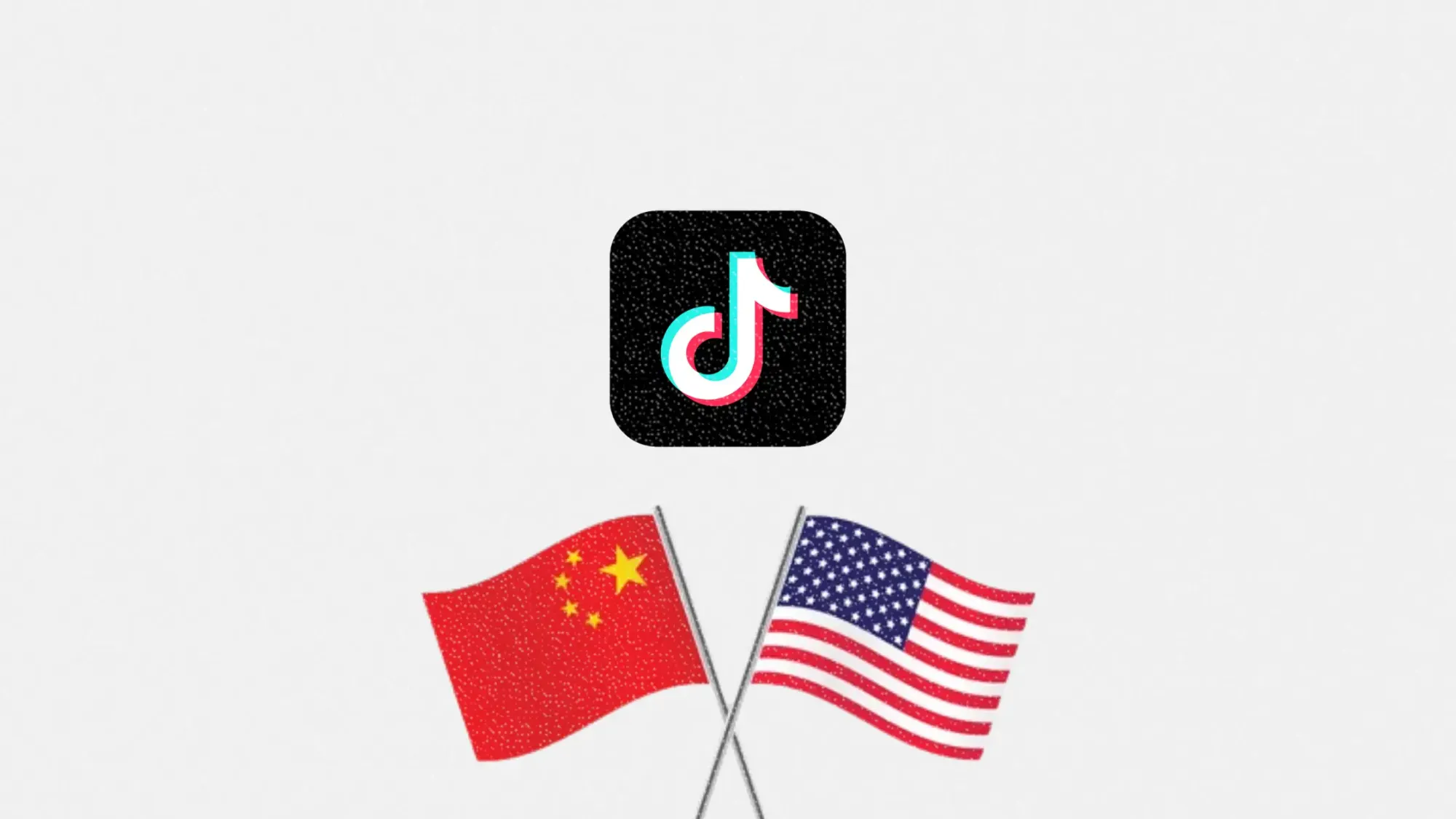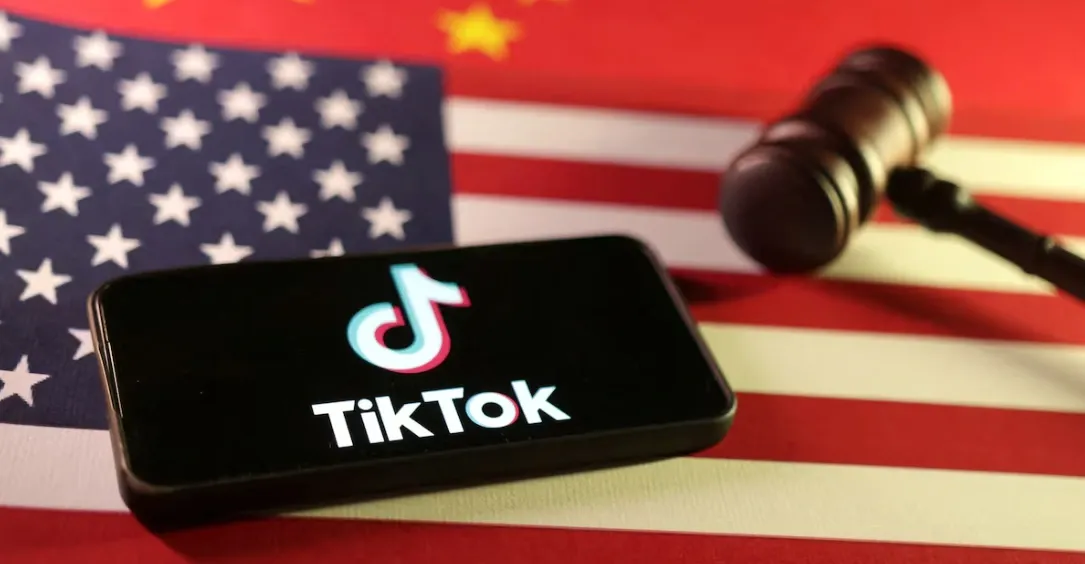The US wants TikTok’s algorithm. What does that mean for marketers?
The US is set to control TikTok’s algorithm. What this shift means for brand safety and strategy

The Biden administration is reportedly finalizing a landmark deal that could put the TikTok algorithm under American control. This is the engine behind TikTok’s powerful content recommendations and one of the most valuable pieces of its global infrastructure. The proposed agreement, still pending formal confirmation, would shift oversight of the app’s US operations, board structure, and data privacy to American hands.
This move could signal the end of a long-running standoff between ByteDance and the US government over TikTok’s perceived national security risks. But it also marks the beginning of a new chapter for marketers who rely on the platform to reach and convert audiences at scale.
This article explores what’s new in the TikTok-US negotiations, the strategic implications of American algorithm control, and what marketers should start planning for as political and platform dynamics continue to shift.
Short on time?
Here’s a table of contents for quick access:
- What’s in the proposed TikTok deal?
- Why algorithm control is the real power move
- What marketers should know

What's in the proposed TikTok deal?
According to BBC and Reuters, the White House has outlined a deal that would restructure TikTok’s US operations. Under the proposal, American companies would take charge of key governance functions. ByteDance, TikTok’s China-based parent company, would retain only one of seven board seats, while US entities would hold the remaining six.
The most critical component is control of TikTok’s algorithm. This is the technology that determines what 170 million US users see on the platform. Under the proposed deal, that control would rest fully with American stakeholders. Oracle, the US tech company chaired by Larry Ellison, is expected to oversee data and privacy governance as part of the agreement.
White House press secretary Karoline Leavitt confirmed that the deal is close to signing. She emphasized that the algorithm will be under US control, though it is not yet clear whether a new system would be built or if the current algorithm will be adapted.
The deal is part of a broader enforcement effort tied to a 2024 law requiring ByteDance to divest its US TikTok assets by January 2025. Enforcement has been delayed multiple times by President Trump, most recently to mid-December, to allow for a negotiated outcome.
In the background, ByteDance has reportedly also been developing M2, a US-only version of TikTok with its own infrastructure and localized algorithm. This alternative platform was designed to help ByteDance avoid a total shutdown of TikTok in the US if the divestment failed. However, if the White House deal is signed and accepted by both governments, ByteDance might not need to go through with M2. That decision likely hinges on whether Beijing approves the US-controlled version of TikTok or sees it as a forced divestment that crosses regulatory red lines.

Why algorithm control is the real power move
While earlier US efforts focused on data storage and corporate ownership, this agreement goes deeper. It targets the algorithm itself — the heart of what makes TikTok effective for creators, brands, and advertisers.
Control of the algorithm means control over what content is amplified, how engagement works, and who gets visibility. This shift could significantly impact how content performs on TikTok and how marketers approach the platform moving forward.
China has not formally signed off on the deal. The Chinese Commerce Ministry issued a cautious response, stating that it supports commercial resolutions that comply with local laws and market principles. Meanwhile, Trump described his recent phone call with Chinese President Xi Jinping as “very productive” and claimed that Xi approved the deal, although no official confirmation has been made from Beijing.
What marketers should know
TikTok may remain active in the US, but the way it functions could soon change. Here are key insights for marketing teams:
1. Algorithm control could reshape content performance
If the US builds or modifies the existing TikTok algorithm, expect shifts in visibility, engagement, and viral content patterns. Brands may need to re-test creative formats, posting schedules, and audience targeting to stay effective.

2. Platform risk is still in play
Even with a signed deal, the ByteDance board seat and Chinese regulatory oversight mean the app remains subject to geopolitical tensions. Brands heavily invested in TikTok should continue building out alternate channels like Instagram Reels, YouTube Shorts, or emerging video apps.
3. Transparency and moderation will tighten
With Oracle managing US data and privacy, expect new moderation frameworks or stricter branded content policies. Marketing teams should get ahead of this by reviewing existing compliance and flagging any risky creative.
4. Flexibility is the best strategy
The December deadline is still weeks away and political shifts can disrupt even near-final deals. Avoid anchoring year-end campaigns exclusively on TikTok. Build assets that can travel across formats and audiences.
If the deal closes, TikTok will likely stay online in the US, but it could look and behave very differently. Marketers must stay alert. Algorithm changes, new gatekeepers, and ongoing political friction mean the playbook is about to shift again.
Agility, transparency, and platform diversity will be critical. Treat this moment as a cue to stress-test your channel mix and content strategy. Even if TikTok survives intact, the rules are changing.






